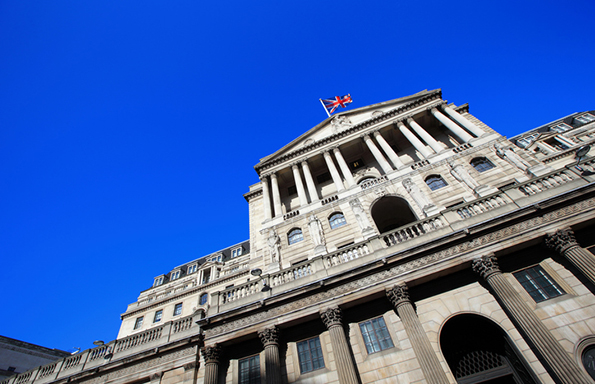
Professor Costas Milas is a Professor of Finance in the University of Liverpool’s Management School
The latest Bank of England forecasts assume annual GDP growth of 0.4% in 2020 Q1 (down from 0.7% in November 2019), 1.4% in 2021 Q1 (down from 1.7% previously) and 1.6% in 2022 Q1 (down from 1.9% previously).
At the same time, they assume lower inflation in 2021 Q1(1.5% as opposed to 1.7% previously) and 2% in 2022 Q1 (as opposed to 2.1% previously). These forecasts are what I would call a “textbook interest rate cut”.
Yet, despite downward revisions to both GDP growth and CPI inflation, the Bank of England decided to leave interest rates unchanged.
This is, quite honestly, shocking.
One explanation I can think of is that a possible cut now would have been interpreted as lack of confidence in the UK economy just one day before “Brexit day” which would not have gone down well at all with the Government. On the other hand, by deciding not to cut now, the Bank seriously risks following behind the curve.
For all the latest news and insight from the University of Liverpool, follow @livuninews